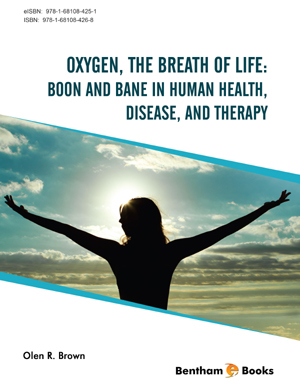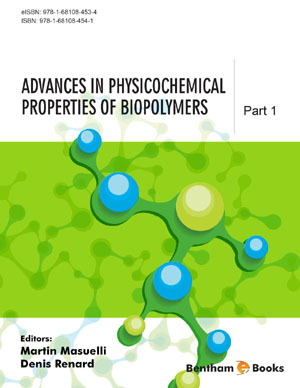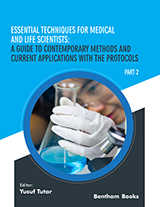Abstract
Oxygen utilization by essential metabolic processes inevitably has the potential to damage or destroy essential cell components by oxidative mechanisms. This negative effect of oxygen is called oxidant stress. Over a lifetime oxidant stress contributes to the decreased functioning observed by aging; it occurs during exercise with both detrimental and adaptive potential; and it is associated with or causative for certain lung and cardiovascular diseases. Oxygen uptake and utilization becomes maximal during athletic performances with high workloads for extended time periods. The associated oxidative stress is positive in outcome via enhanced antioxidant defenses. There is sufficient evidence that the primary source of excess oxidant stress is at the site of oxygen utilization at the inner membrane of mitochondria. Normally, a small fraction of mitochondrial use of oxygen is diverted from the secure transfer, one at a time, of electrons via the cytochrome system to generate water and ATP in a complex, carefully orchestrated process. Four electrons are required to reduce diatomic oxygen completely and partially reduced intermediates, including peroxides, and the free radicals superoxide and hydroxyl radical can form. Oxidative damage occurs, and damaged mitochondria can produce even more free radicals. There are also other biochemical sources and mechanisms that generate oxidative radicals and create oxidant stress. The lung, which is exposed to the highest concentration of oxygen, is especially vulnerable to oxidant stress when hyperoxia is used therapeutically. Lipid membrane damage involving the alveoli, and potentially fibrosis, is a consequence for premature infants and for chronic obstructive pulmonary disease and other lung pathologies in adults. Oxidation of LDL-cholesterol by oxygen free radicals during excess oxidant stress is the initial event in a sequence leading to atherosclerosis and potentially to cardiovascular events and strokes. A natural balance of antioxidant defenses is protective for oxidant stress and is enhanced by antioxidants in the diet and as a positive benefit from exercise. However, there is evidence that, over time, the net effect of oxidant stress contributes to detrimental deteriorations associated with the aging process in the brain and throughout the body.
Keywords: Aerobic metabolism, Aging, Anaerobic metabolism, Atelectasis, COPD, Environmental factors, Exercise, Fibrosis, Foam cells, Genetics, LDLcholesterol, Longevity, Macrophage, Maximum oxygen uptake, Monocyte, Oxidant stress, Plaque, Prematurity, Second messenger, Supplements.

















